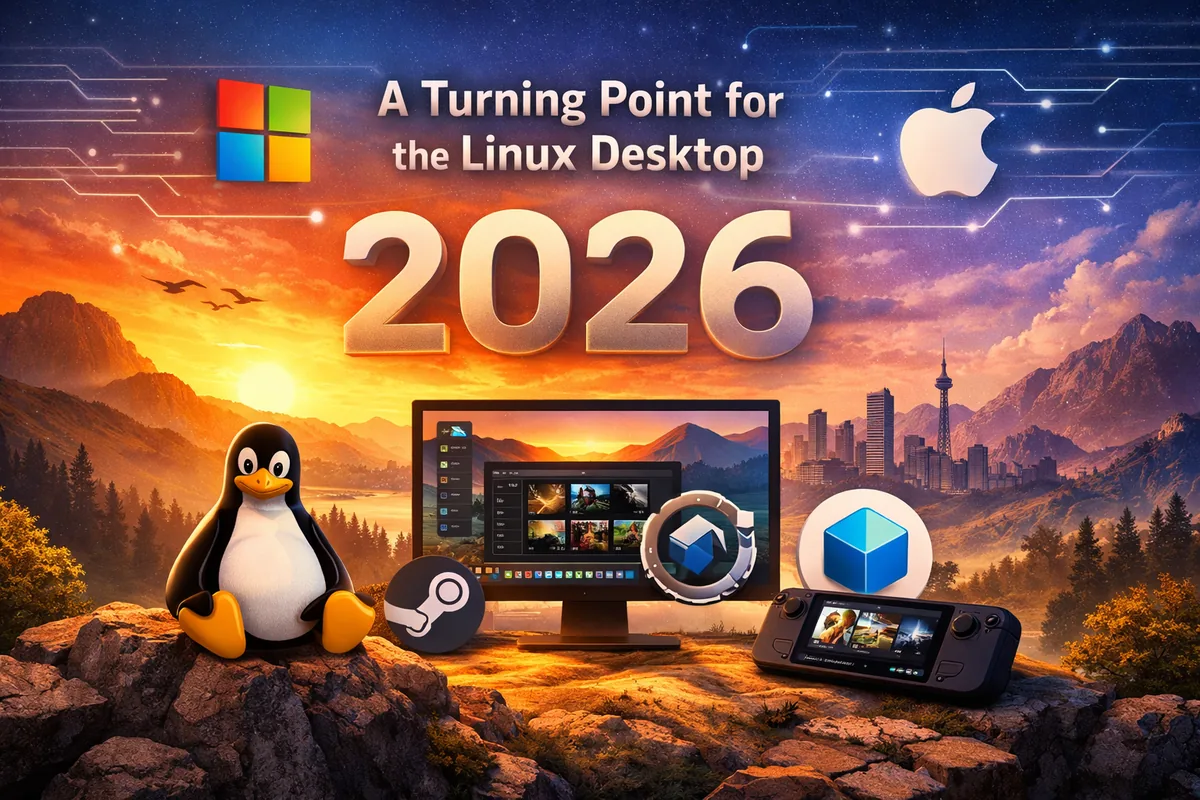Celebrating Debian’s 31st Anniversary: A Journey Through Linux History
On August 16, 2024, Debian celebrated its 31st anniversary. For over three decades, Debian has been a cornerstone of the open-source community. More than just a Linux distribution, it represents a movement, a foundation for countless projects, and a testament to the power of free software. As we commemorate this milestone, let’s dive into Debian’s history, explore its key milestones, and appreciate its impact on the Linux ecosystem.
The Birth of Debian
In 1993, Linux was still in its early stages. Amid this backdrop, Ian Murdock, a student at Purdue University, founded Debian. He envisioned a distribution developed openly, adhering to the principles of the Free Software Foundation. The name “Debian” is a combination of Murdock’s name and his then-girlfriend Debra Lynn’s name.
Debian 0.01, the project’s first release, was announced on August 16, 1993. Unlike other distributions of the time, Debian committed to free software and a transparent, community-driven development process. This approach set Debian apart from commercially driven or less organized distributions.
Key Milestones in Debian’s Journey
Debian’s history is filled with significant milestones that shaped not just the distribution but the entire Linux landscape.
Debian 1.1 “Buzz” (1996)
The first stable release, “Buzz,” solidified Debian’s reputation for stability and reliability. It also started the tradition of naming releases after Toy Story characters.
The Debian Social Contract (1997)
In 1997, Debian introduced its Social Contract. This guiding document outlines the project’s commitment to free software, openness, and community. It has influenced many other open-source projects.
APT: The Advanced Package Tool (1998)
In 1998, Debian revolutionized package management with APT. This tool made software installation, upgrades, and dependency resolution easier. APT soon became a core component of many other Linux distributions.
Debian 2.1 “Slink” (1999)
“Slink” expanded Debian’s reach by introducing support for multiple architectures. This release allowed Debian to run on a wide range of systems, from small devices to large mainframes.
Debian 3.1 “Sarge” (2005)
“Sarge” made Debian more accessible with the introduction of the Debian-Installer. This flexible, modular installer made the installation process more user-friendly and customizable.
Debian 4.0 “Etch” (2007)
“Etch” emphasized security with features like SELinux support and stronger encryption options. This release reinforced Debian’s commitment to providing a secure operating system.
Debian 6.0 “Squeeze” (2011)
“Squeeze” was the first release to include Debian’s own kernel, moving away from relying solely on the Linux kernel. It also introduced a new dependency-based boot system, improving boot times and system responsiveness.
Debian 8.0 “Jessie” (2015)
“Jessie” marked the introduction of systemd as the default init system. While controversial, this change represented a significant technical evolution for Debian.
Debian 10.0 “Buster” (2019)
“Buster” introduced modern features like Secure Boot support, an updated UEFI stack, and better container support with Docker and Podman.
Debian 11.0 “Bullseye” (2021)
“Bullseye” continued Debian’s tradition of stability while incorporating the latest software advancements. This release included improved hardware support, updated desktop environments, and enhanced accessibility features.
Debian’s Impact on the Linux Ecosystem
Debian’s influence on the Linux ecosystem is immense. Many well-known distributions are based on Debian, each contributing to the diversity and strength of Linux.
- Ubuntu: Ubuntu, the most famous Debian derivative, brought Linux to a wider audience. It’s now dominant in cloud and server markets.
- Linux Mint: Built on Ubuntu, Linux Mint offers a user-friendly experience with its Cinnamon desktop environment.
- Raspbian (Raspberry Pi OS): Optimized for the Raspberry Pi, this Debian-based distribution has introduced Linux to a new generation of developers and educators.
- Kali Linux: Kali, a Debian derivative, focuses on penetration testing and security, becoming an essential tool for cybersecurity professionals.
- Devuan: Born out of systemd controversy, Devuan is a Debian fork that uses sysvinit as its default init system.
- PureOS: Emphasizing privacy and freedom, PureOS is the default OS on Purism’s security-focused Librem devices.
The Road Ahead
As Debian celebrates 31 years, it continues to evolve, staying true to its principles while adapting to new technological landscapes. Future releases promise innovations while maintaining the stability that users expect. Debian’s community-driven approach ensures it remains responsive to users’ needs, and its commitment to free software guarantees its place as a pillar of the open-source world.
Conclusion
Debian’s journey over the past 31 years is remarkable. From its early days to becoming one of the most influential Linux distributions, Debian demonstrates the power of community-driven development and the importance of sticking to core principles. As we celebrate this milestone, we look forward to seeing how Debian will continue to shape the future of free software.
For more insights and updates, visit Debian Turns 31.
Happy 31st Anniversary, Debian! Here’s to many more years of innovation, stability, and freedom.


